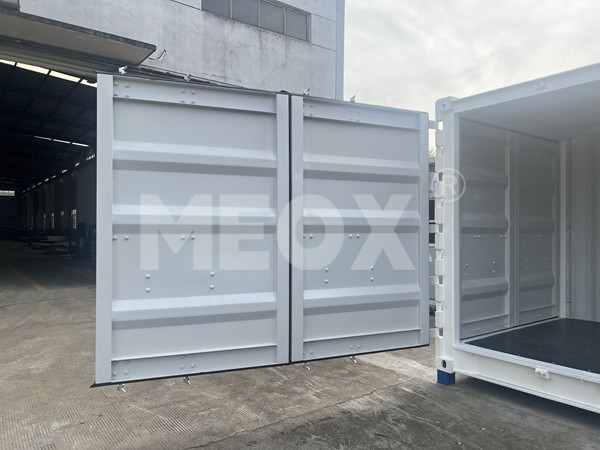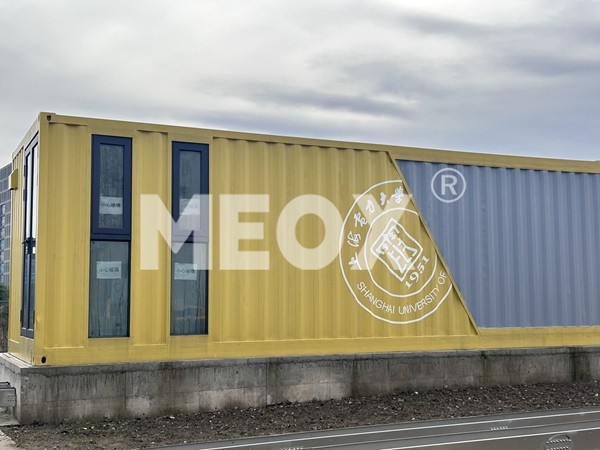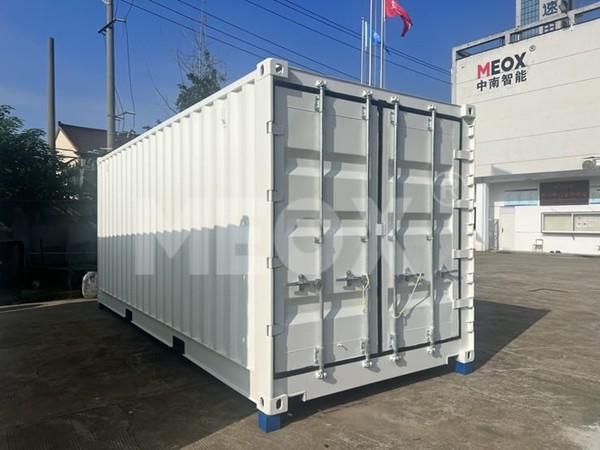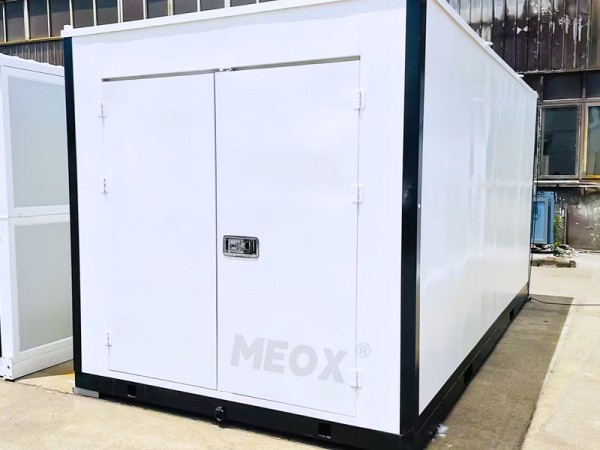Shipping container farming is a fascinating development in modern agriculture, transforming repurposed shipping containers into efficient spaces for growing crops. This method uses controlled environment agriculture (CEA) to create ideal conditions for plants. Technologies like hydroponics, LED lighting, and climate control systems play a vital role. Hydroponics replaces soil with nutrient-rich water, recycling it to save resources. LED lights mimic sunlight and adjust to match each growth stage, while climate control systems regulate temperature, humidity, and CO2 levels. These innovations allow shipping container farms to produce fresh crops year-round, regardless of external weather conditions.
Key Takeaways
- Shipping container farming uses smart tools like hydroponics to grow plants.
- It saves resources, using 90% less water than regular farming.
- These farms work year-round, providing fresh food no matter the weather.
- Their design makes it easy to add more containers or move them.
- Using these farms costs less and grows more food, helping farmers earn.
What is a Shipping Container Farm?
Shipping containers, once used for transporting goods, can now be transformed into thriving farms. These containers are cost-effective and widely available, making them a practical choice for modern agriculture. Farmers modify them with insulation, ventilation, and advanced systems to grow crops. The sturdy design of the containers protects plants from harsh weather, while their modular nature allows for easy expansion. For instance, stacking containers vertically maximizes space, making them ideal for urban areas with limited land.
Shipping container farms also support sustainable practices. These farms can even operate off-grid with renewable energy sources, making them ideal for remote locations. This is seen as a revolutionary step in farming, particularly for areas where traditional agriculture is not feasible.
Key Technologies in Shipping Container Farms
The technology inside shipping container farms is what truly sets them apart. Hydroponic systems replace soil with nutrient-rich water, which recirculates to save resources. LED lighting provides the perfect spectrum for photosynthesis, ensuring plants grow efficiently. Climate control systems regulate temperature, humidity, and CO2 levels, creating an ideal environment for crops.
Many farms also use automation and IoT (Internet of Things) technology. Sensors monitor conditions like light and moisture, while automated systems adjust them in real-time. This level of precision boosts productivity and reduces waste, making container farming a game-changer for sustainable food production.
Container Farms: How Controlled Environment Agriculture Works
Controlled environment agriculture (CEA) optimizes conditions for plant growth by allowing farmers to manage every aspect of the environment, from temperature to light. For example, LED lights simulate sunlight and can be adjusted for different growth stages. Climate control systems maintain stable conditions, preventing issues like extreme heat or cold.
CEA also uses hydroponics to deliver nutrients directly to plant roots, reducing water usage by up to 90% compared to traditional farming. By replicating ideal growing conditions, CEA ensures consistent, high-quality yields, making it a solution to many challenges in modern agriculture, especially in urban and resource-scarce areas.
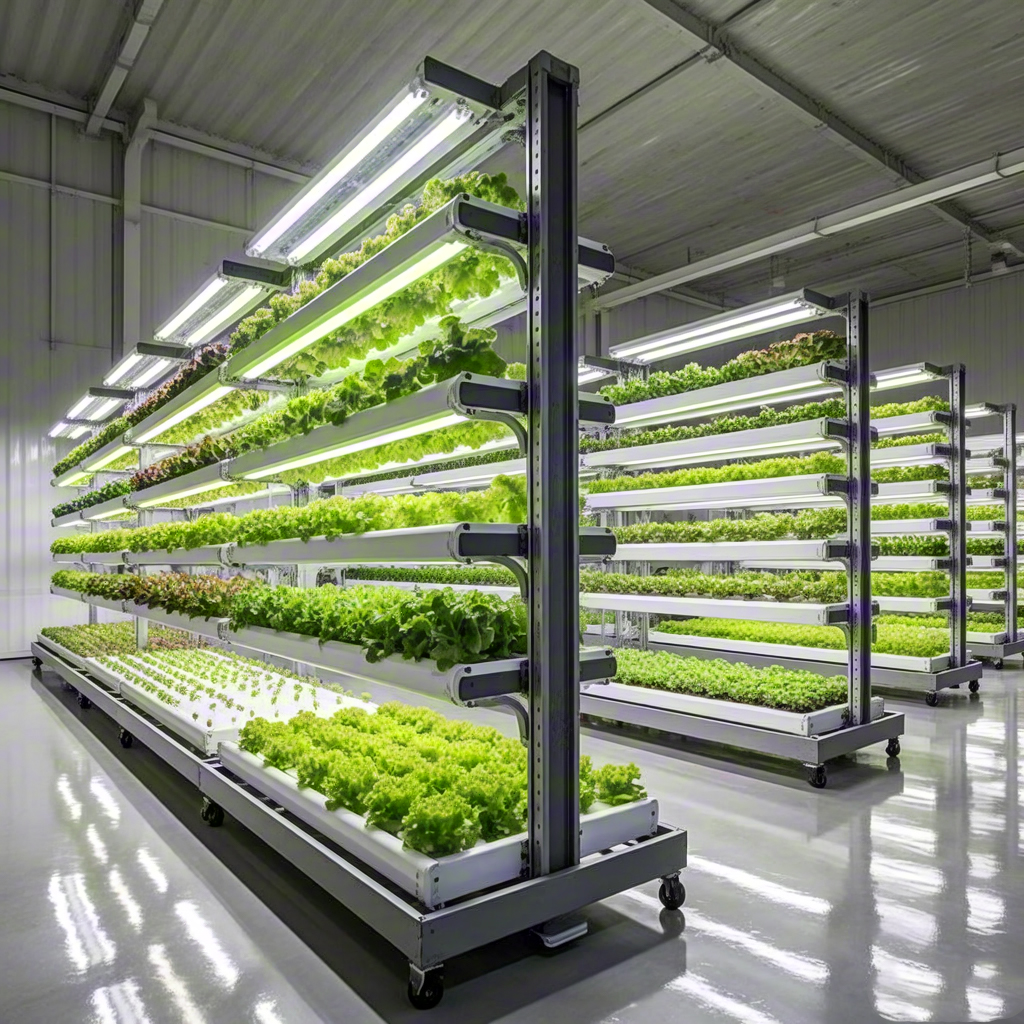
Benefits of Shipping Container Farming
(1)Impact on People
Shipping container farming is seen as a transformative solution for individuals and communities. These farms are cost-effective and widely available, making them accessible to more people. The modular design allows for scalability, so farms can grow alongside community needs. The mobility of the farms is particularly impressive—they can be placed in urban areas, rural regions, or even remote locations, bringing fresh produce closer to those who need it most.
The controlled environment inside a shipping container farm ensures year-round crop production, enhancing food security, especially in areas where traditional farming struggles due to harsh weather or limited land. By reducing the need for pesticides and conserving natural resources, these farms promote healthier living and empower communities to become more self-sufficient while enjoying fresh, locally grown food.
(2)Environmental Benefits
Shipping container farming offers significant environmental advantages. These farms use up to 90% less water than traditional farming methods, which is crucial in addressing water scarcity. By operating close to urban centers, they minimize transportation emissions, reducing the carbon footprint of food distribution. The farms also preserve natural habitats by requiring less land and eliminating the need for harmful pesticides.
The controlled environment supports biodiversity, helps maintain healthier ecosystems, and further contributes to environmental conservation by reducing the need for long-distance food transport. This sustainable approach not only produces food but also protects the planet.
(3)Economic Advantages
From an economic perspective, shipping container farming stands out as a smart investment. These farms have lower operational costs due to efficient resource management. The controlled environment leads to higher yields and faster crop cycles, ensuring a steady supply of fresh produce. The year-round growing capability is particularly beneficial, providing consistent income opportunities for farmers.
Local food production reduces transportation costs and supports regional economies. These farms also attract investors due to their predictable operational costs and sustainable practices. By using fewer resources like water, they offer a cost-effective alternative to traditional farming, making container farming viable for both small-scale farmers and large agricultural enterprises.
(4)Benefits for Plants
Plants thrive in the controlled environment of a shipping container farm. Technologies like aeroponics and mist irrigation systems create ideal growing conditions. Aeroponic systems, for example, allow plants to grow up to twice as fast as they would in hydroponic setups. The fine mist delivers nutrients directly to the roots, enhancing oxygen access and promoting healthier root systems.
The precision control in these farms allows each grow bed to have its own tailored settings for light, temperature, and humidity. This ensures that each crop gets exactly what it needs to flourish. For example, leafy greens may require cooler temperatures, while herbs thrive in slightly warmer conditions.
The controlled environment also reduces stress on plants. Unlike traditional farming, where weather and pests pose constant threats, shipping container farms shield crops from these challenges, reducing the risk of diseases and eliminating the need for chemical pesticides. As a result, plants grow in a cleaner, healthier environment, benefiting both the crops and the people who consume them.
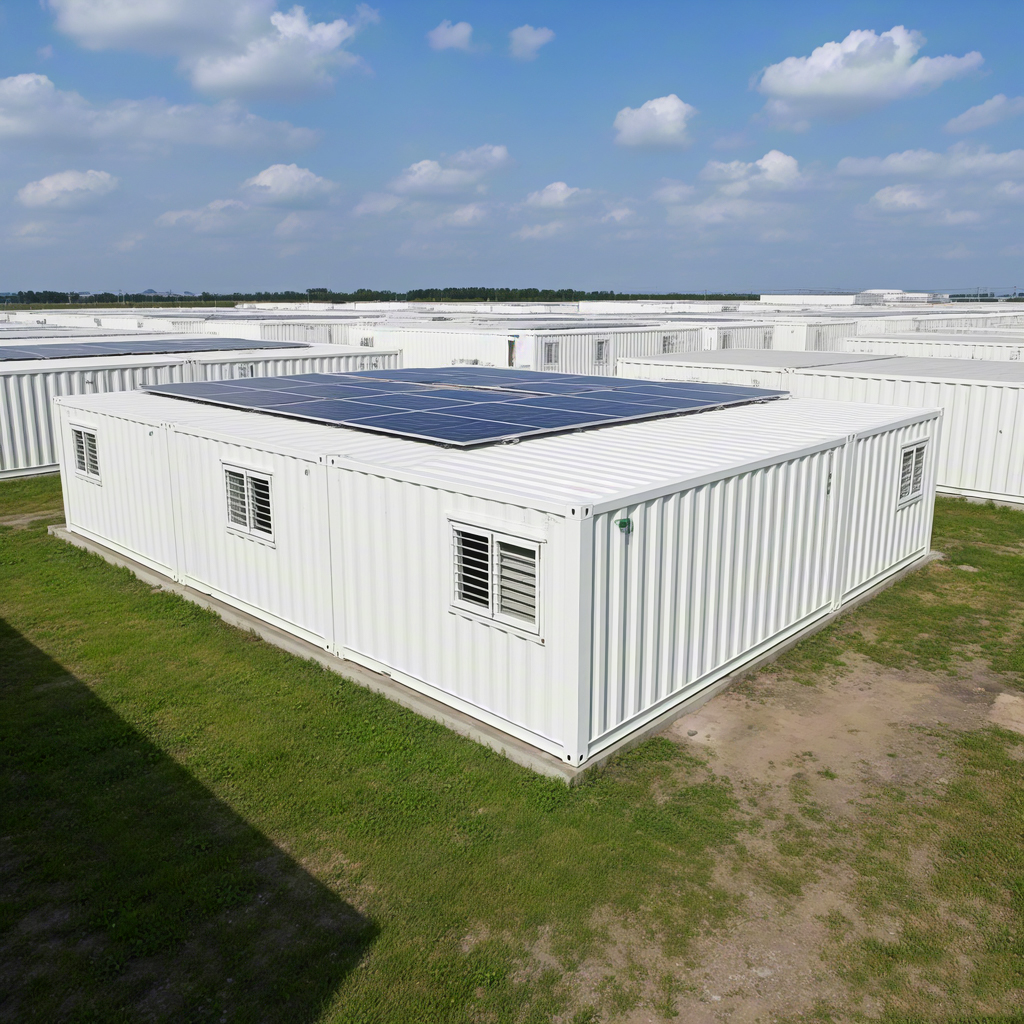
The Future of Shipping Container Farming in 2025
(1)Technological Advancements
Technology will shape the future of shipping container farming. Smart containers with IoT sensors will monitor conditions like temperature, humidity, and nutrient levels, providing real-time data for precise adjustments. AI-driven systems will optimize growing conditions, ensuring plants receive what they need to thrive.
Sustainability will also take center stage with eco-friendly materials and renewable energy solutions. Modular designs will allow containers to be reconfigured for different crops or purposes, enhancing flexibility. Automation will play a significant role, with robotics handling tasks like planting, harvesting, and packaging. Blockchain technology will improve traceability and ensure secure, transparent food supply chains.
(2)Scalability and Accessibility
Making shipping container farming scalable and accessible is key to its success. Intelligent farm containers with automated systems will simplify operations, and comprehensive training programs will guide new farmers in adopting this innovative method. Grants and incentives for urban agriculture could encourage more people to get involved, and regulations promoting sustainable practices could further integrate container farms into mainstream agriculture.
(3)Role in Sustainable Agriculture
Shipping container farming will play a vital role in promoting sustainable agriculture by 2025. These farms conserve water, eliminate the need for pesticides, and can operate in urban areas with limited arable land. Technological advancements like improved sensors and AI systems will enhance productivity and sustainability, making this method a cornerstone of future agriculture.
By 2025, shipping container farming is expected to revolutionize agriculture, with its modular design and adaptability addressing food security and sustainability challenges.
FAQ
How much space does a shipping container farm require?
A standard 40-foot container takes up about 320 square feet. These farms are often stacked vertically or placed side by side to save space, making them ideal for urban areas or locations with limited land.
Can shipping container farms operate off-grid?
Yes, shipping container farms can operate off-grid. Many are powered by solar panels or wind turbines, making off-grid farming possible, particularly in remote areas. Efficient energy use is crucial for their success.
How long does it take to set up a shipping container farm?
Setting up a shipping container farm typically takes a few weeks to a few months, depending on whether the container is being retrofitted or purchased as a pre-made unit. Planning for installation, equipment setup, and testing is recommended.
Are shipping container farms profitable?
Shipping container farms can be profitable. High yields, year-round production, and reduced resource use contribute to their profitability. However, success relies on managing costs and selecting the right crops for the target market.

